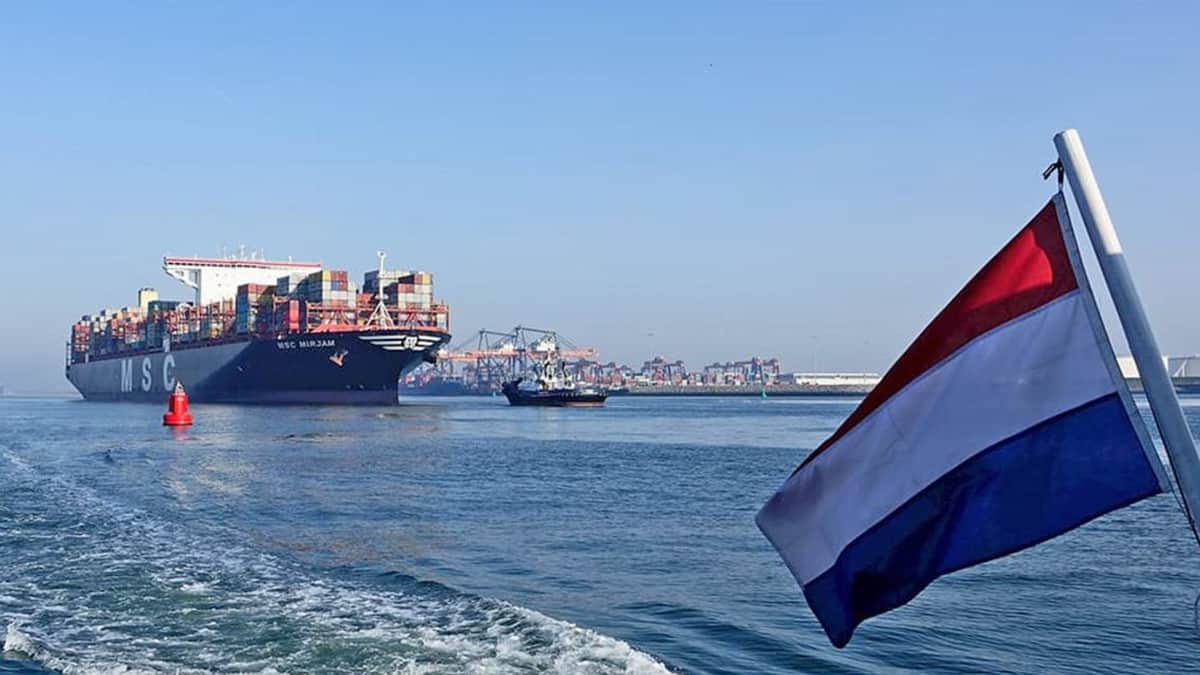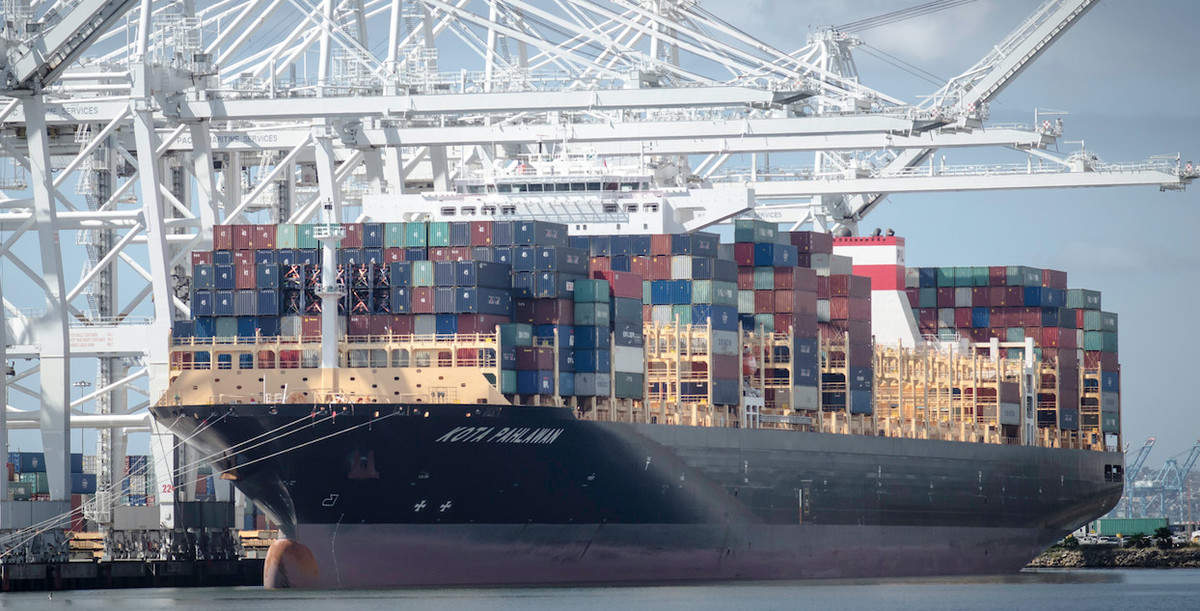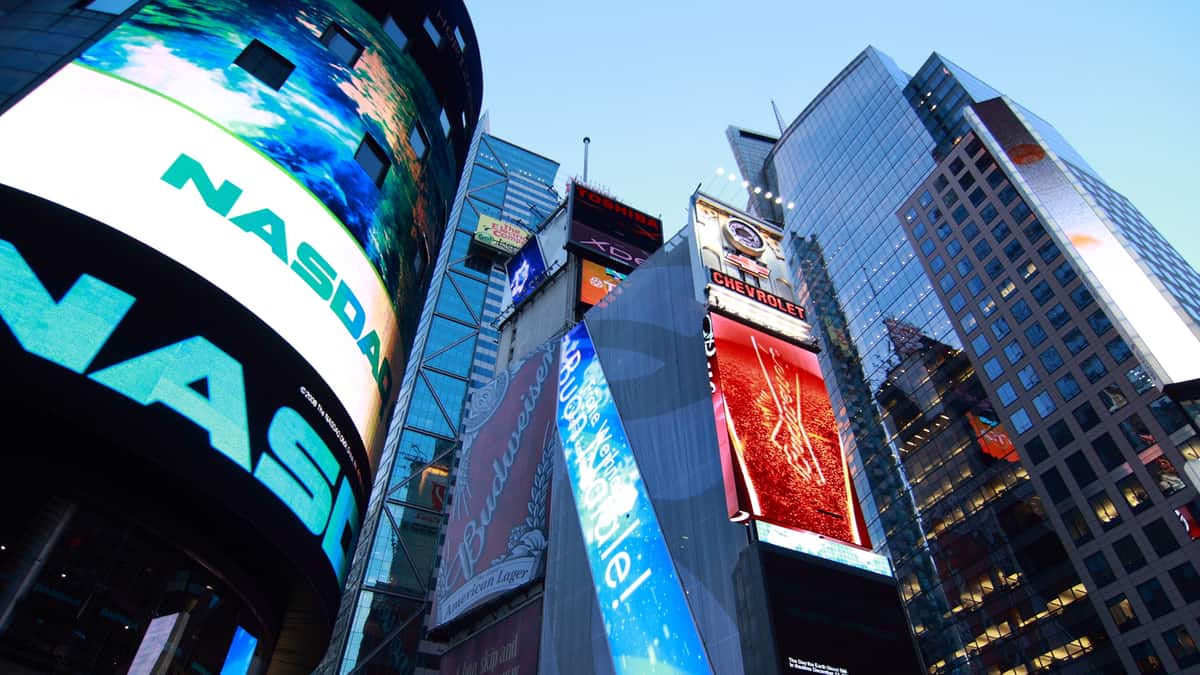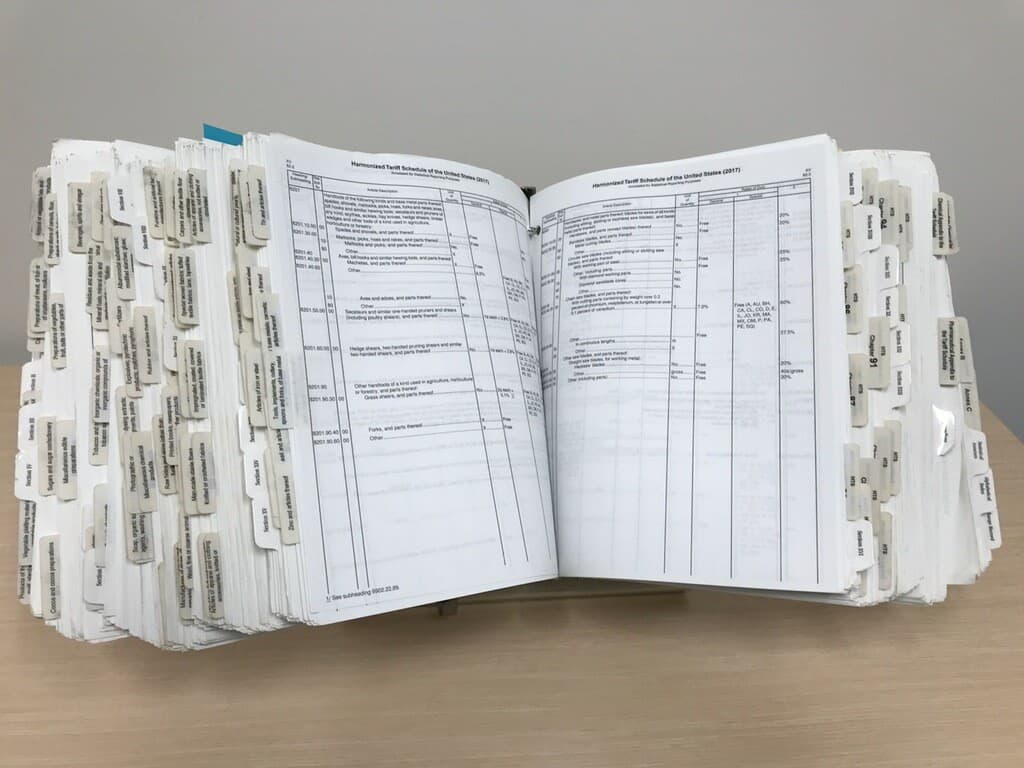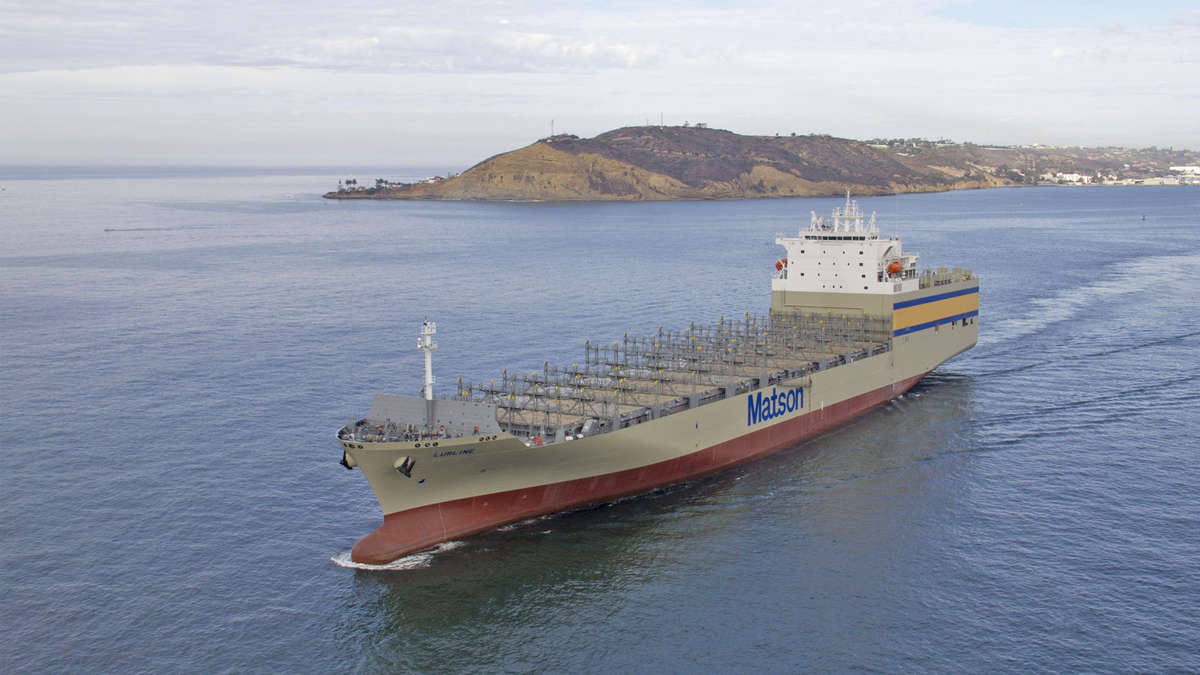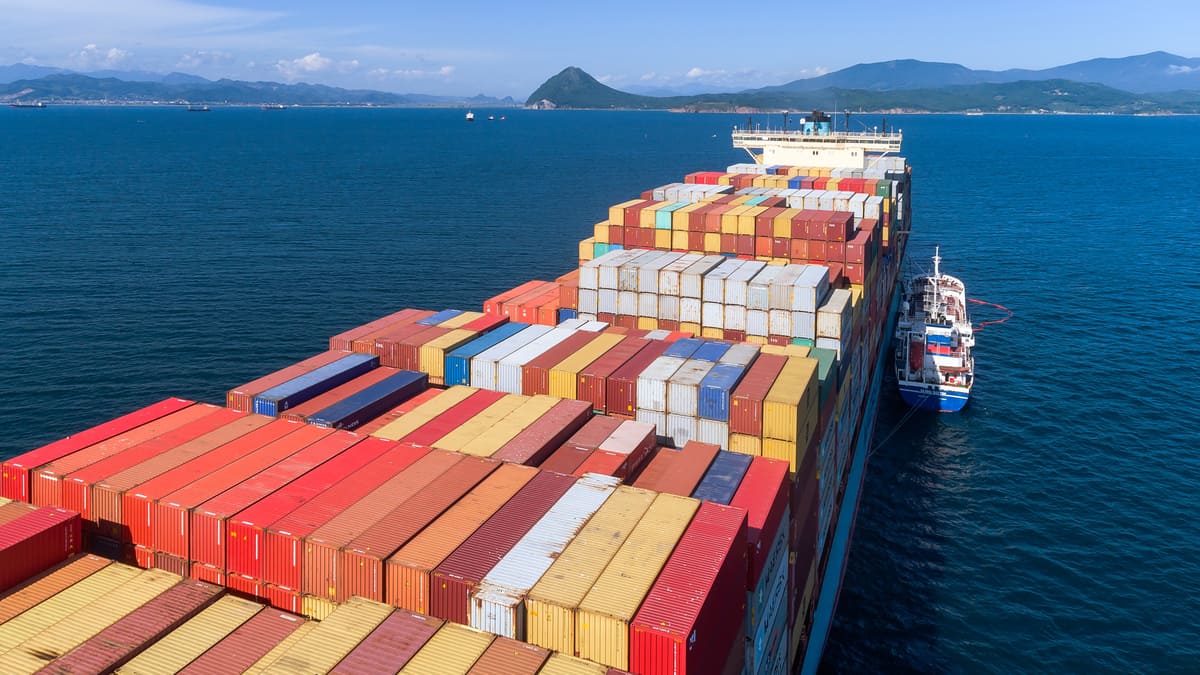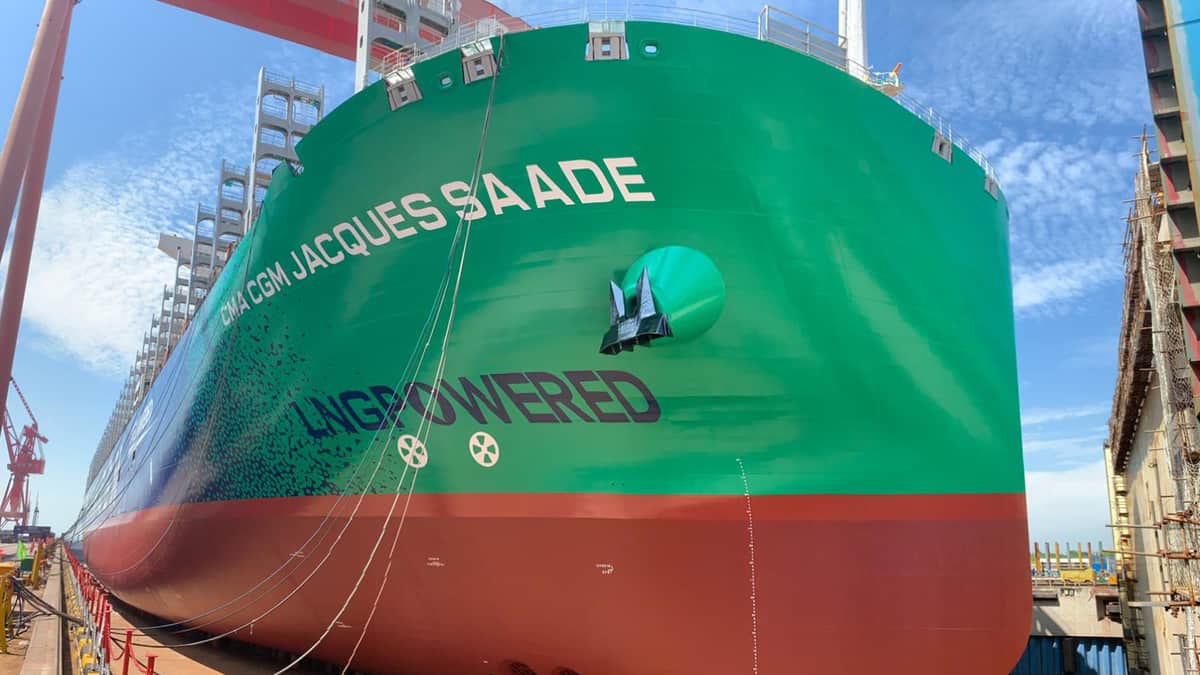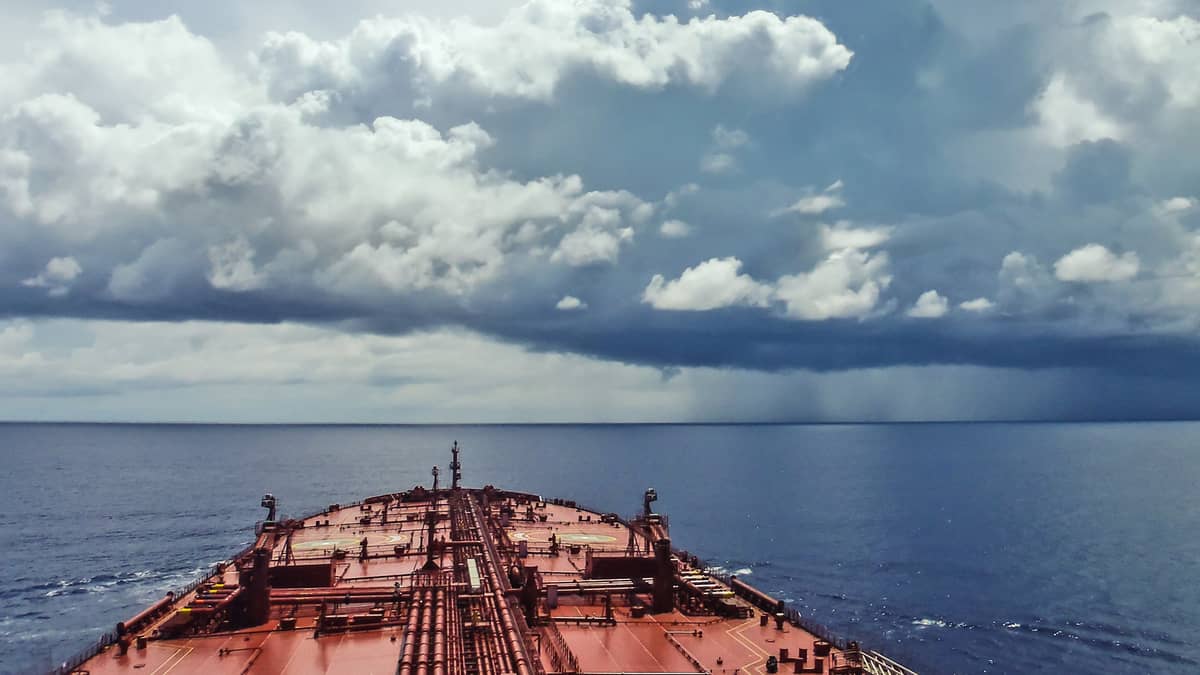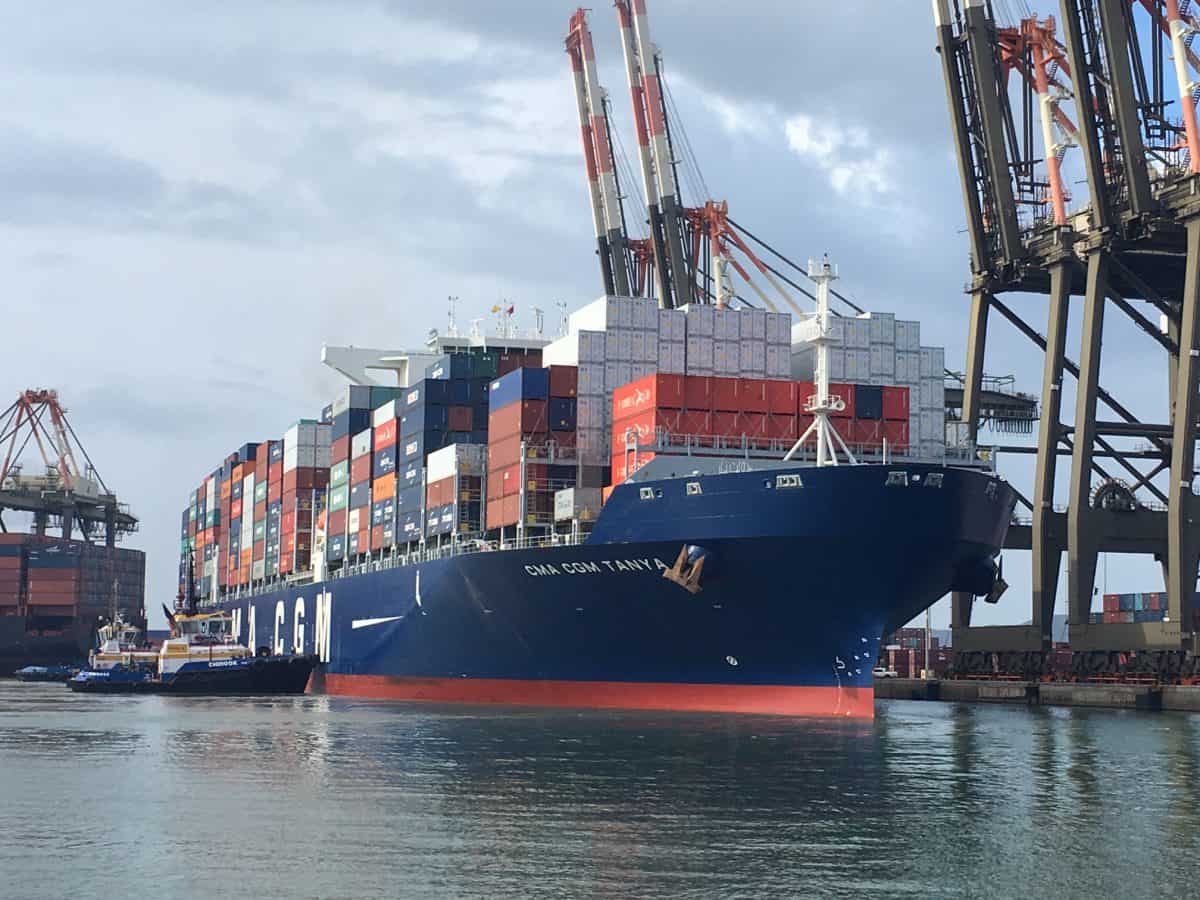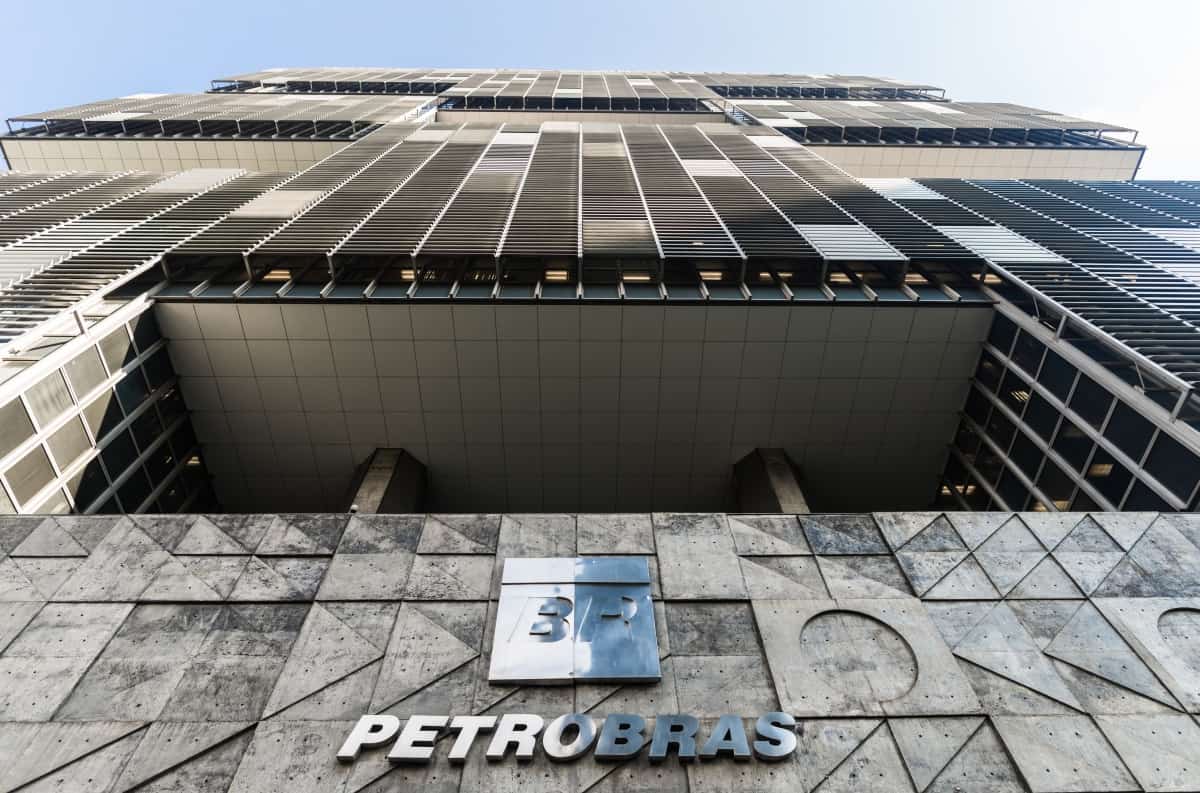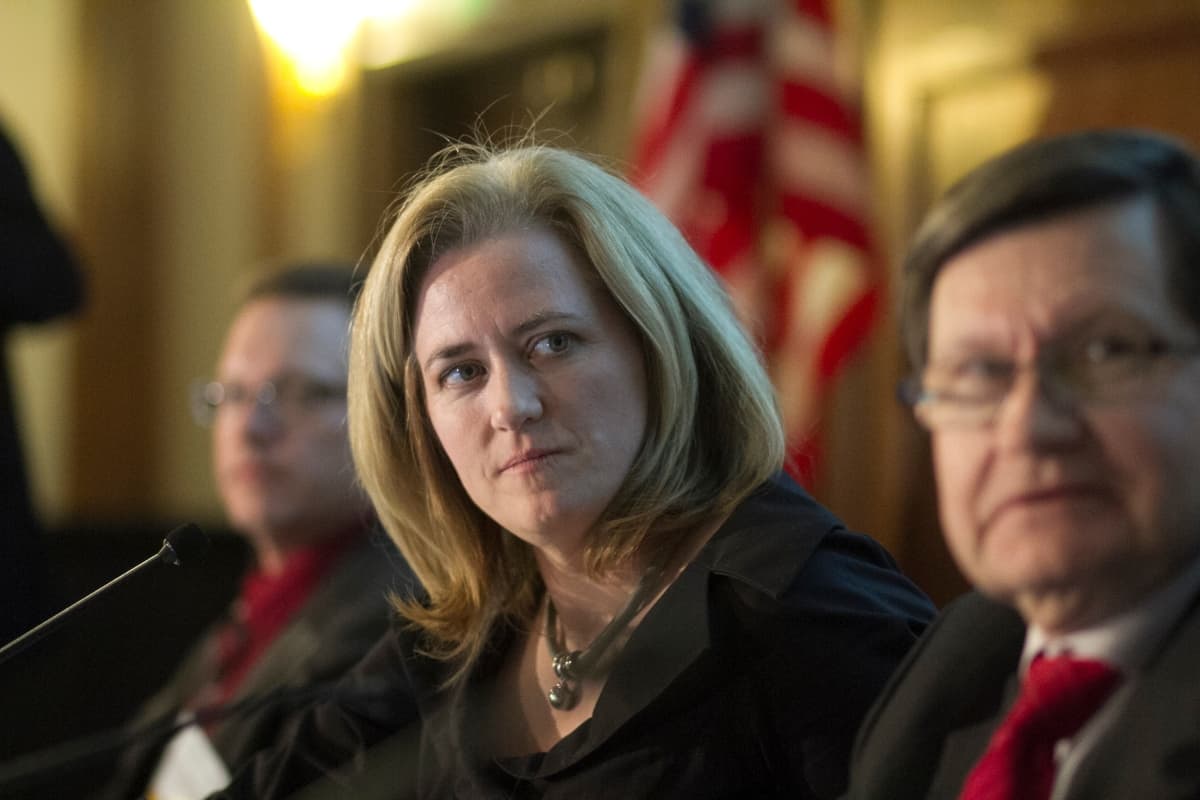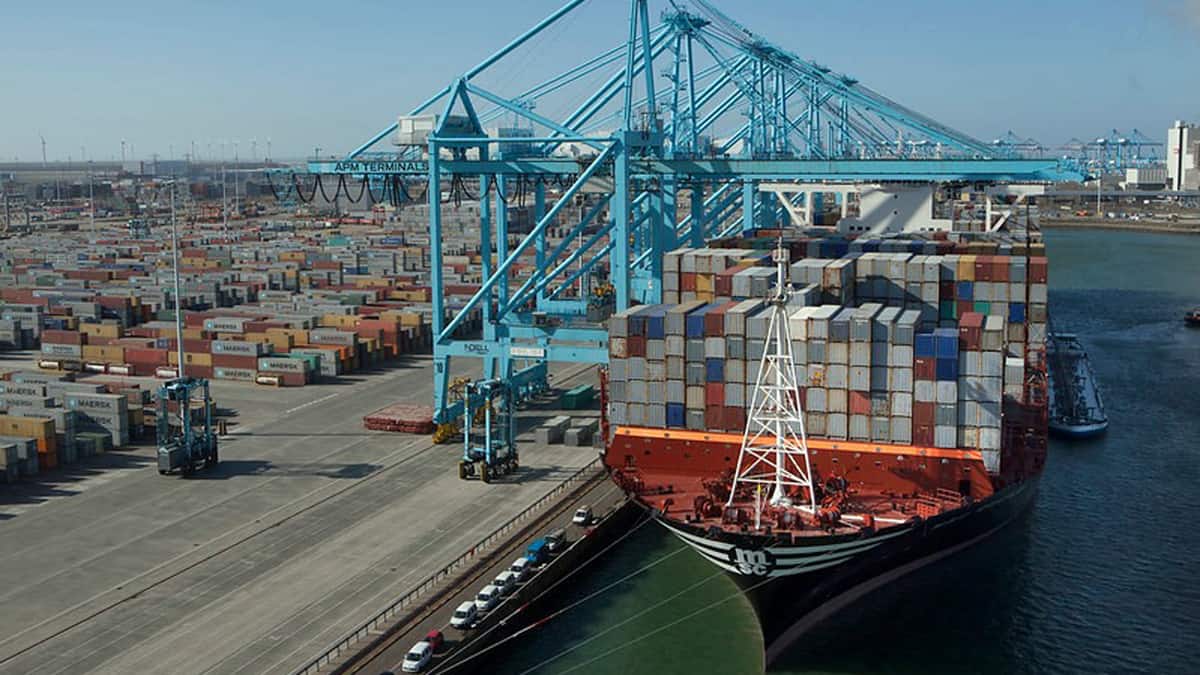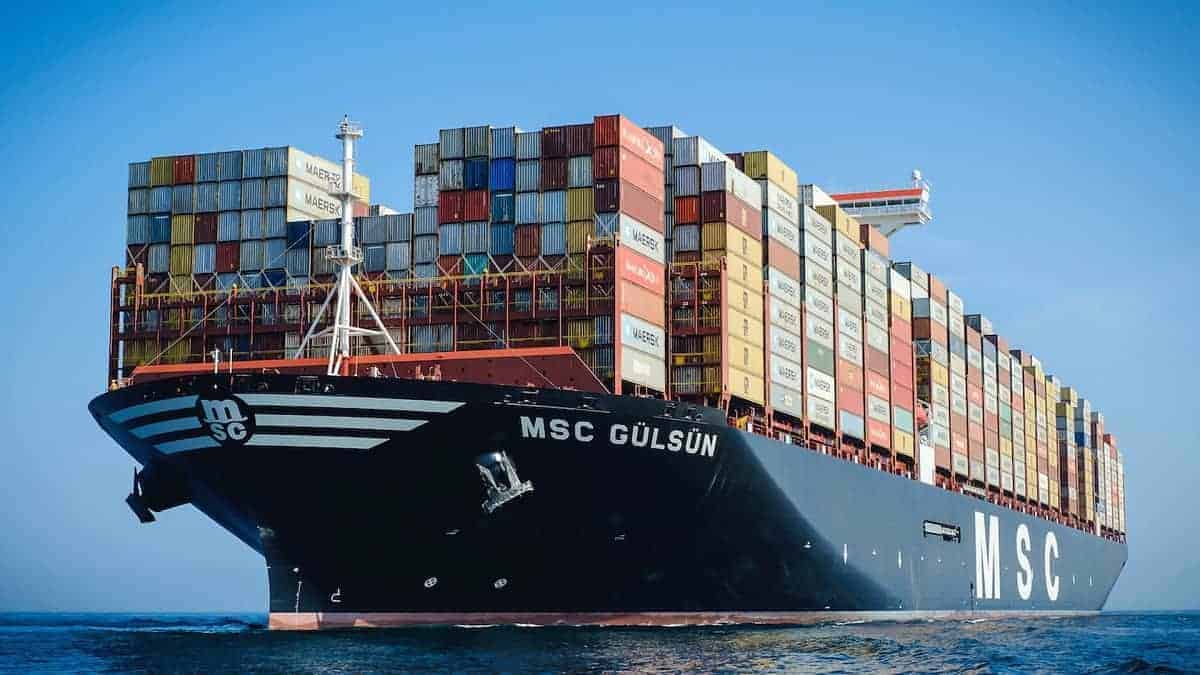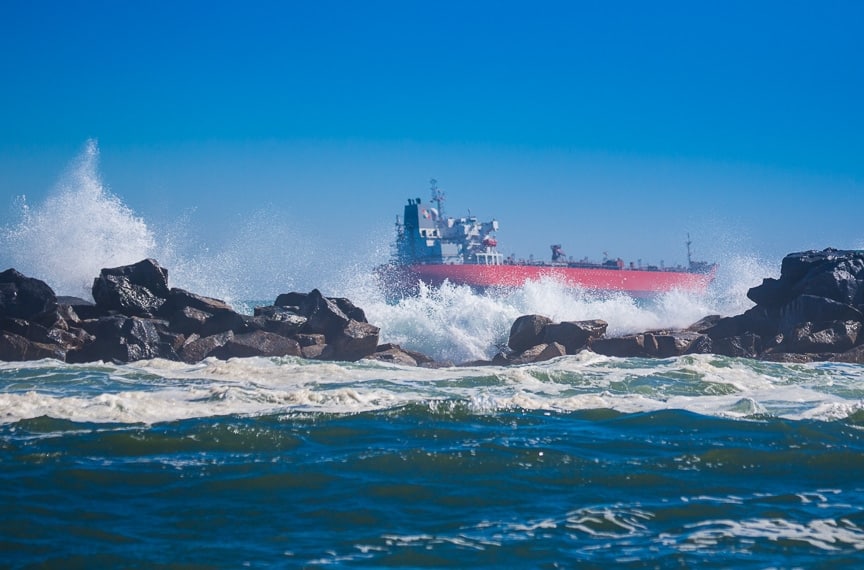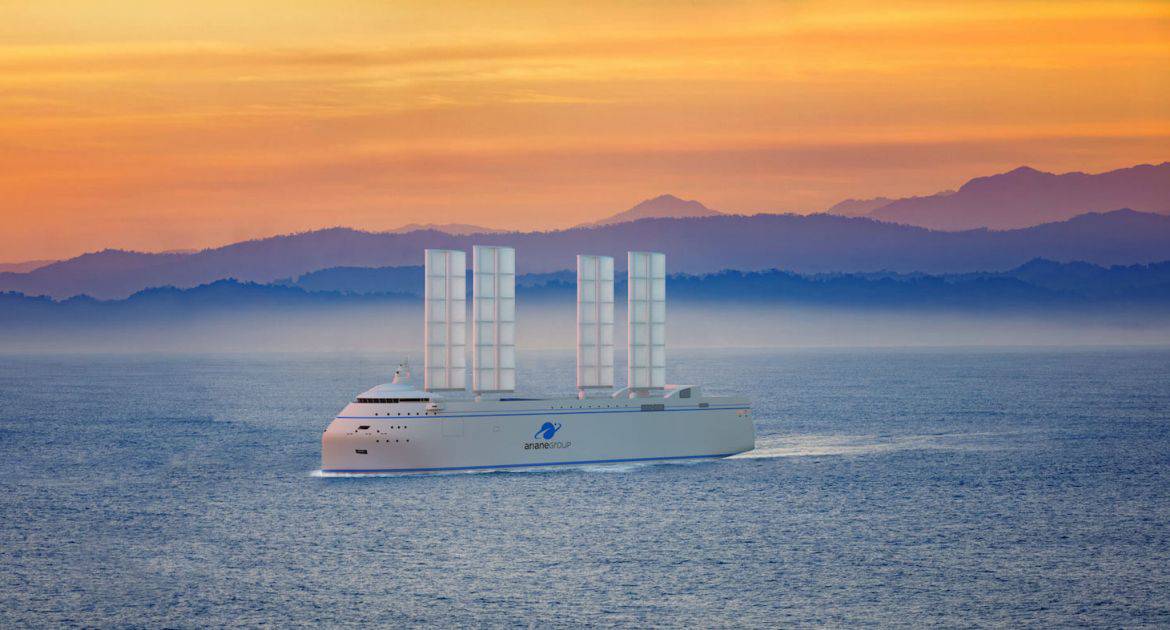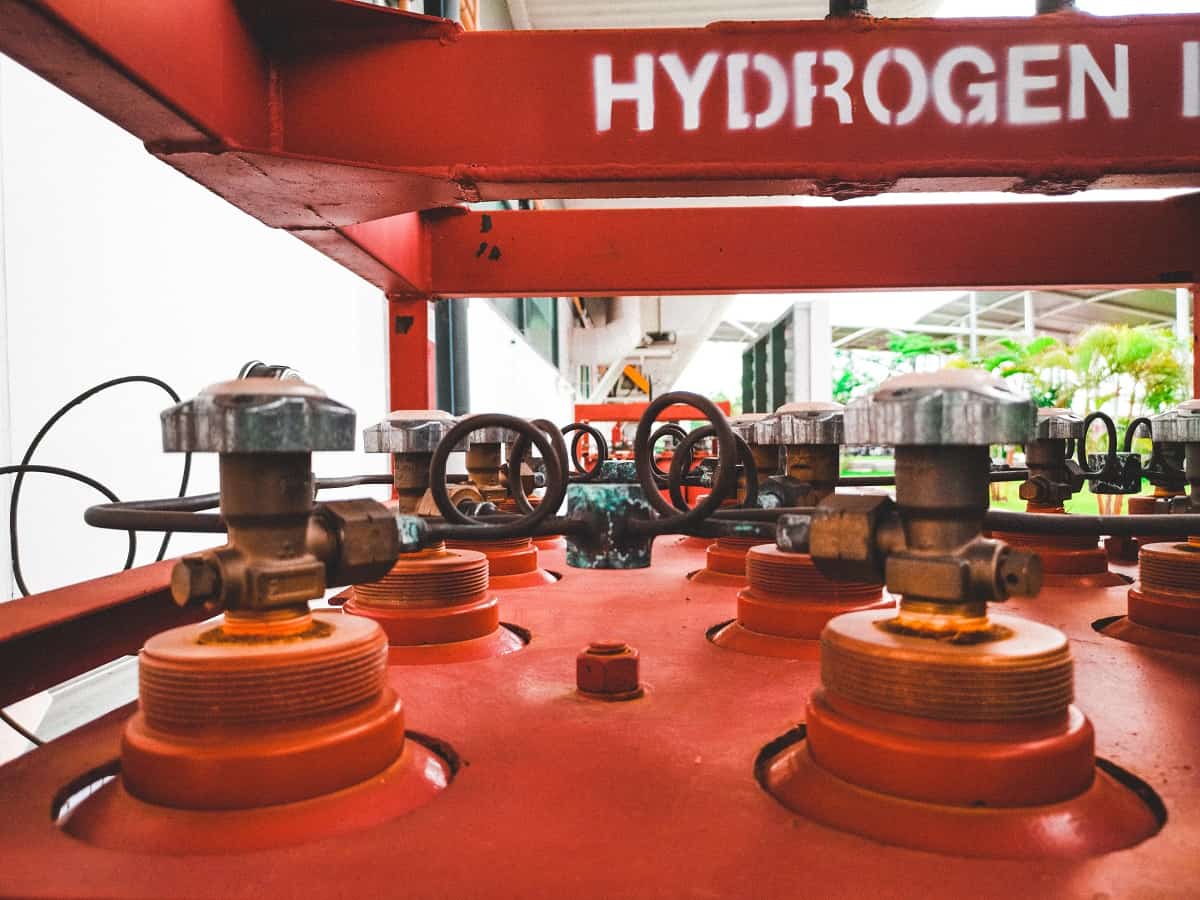AS_Missed_2019_12_A
2019 Recap: A tale of two container-shipping trades
Trans-Pacific container rates continue to fall as Asia-Europe rates continue to rise.
What is IMO 2020 and how does it impact trucking and shipping? (with video)
IMO2020 is an environmental rule effective January 1, 2020 that regulates how much sulfur a ship can give out in its exhaust.
What are ocean container rates?
For all containers moving in and out of the U.S., rates (both contract and spot rates) are required to be filed with the Federal Maritime Commission (FMC) 30 days in advance of the containerized cargo being shipped. This adds an additional layer of complexity to the way ocean container rates are negotiated and governed.
2019 Recap: Top ocean shipping interviews of the year
Links to 16 exclusive interviews with key decision-makers in ocean shipping.
Q&A: China’s 21st century approach to trade and customs modernization
International trade and customs attorney Zhaokang Jiang explains how China is aiming to improve cross-border trade efficiency, create fair competition and ensure compliance and sustainable growth.
Outlook 2020: Ocean shipping finance to tighten further
Capital constraints should keep ocean shipping capacity in check, a plus for rates.
CBP announces 2020 customs broker license exam dates
Customs and Border Protection moved the nationwide tests to early April and October “due to limited availability of testing sites and to ensure the integrity of exam conditions.”
New trade war threat to trans-Atlantic box trade
A strong U.S. economy should see Europe-North America container volume growth of 3%+ next year, but clouds hover over the trade.
Matson’s new container/ro-ro ship is biggest ever built in US
Matson has taken delivery of the largest container/roll-on, roll-off ship ever built in the U.S.
Ominous IMO 2020 signs for ocean shipping spot rates
Concerns rise that shipping can’t recoup cost of IMO 2020-compliant fuel.
US tightens export controls for China, Russia and Venezuela
The Commerce Department’s Bureau of Industry and Security will expand export licensing requirements for technologies intended for military applications.
DP World to expand, operate Jeddah container terminal
DP World has been awarded a contract that will result in expansion of a container terminal in Jeddah, Saudi Arabia.
LNG: The next major marine fuel?
A global effort is underway to slash harmful emissions from ocean-going ships. Liquefied natural gas will likely play an important — but only partial — role in that endeavor.
Maritime History Notes: Hazards of the sea
Cargo on board a ship has frequently been the cause of damage or total loss.
Christmas Light Imports Illuminates a Shift in Manufacturing
Read More »Why leaving China for tariff-free shores is no easy task
A trade war truce is not stopping multinationals from exploring alternative sourcing options to China, but moving supply chains is difficult, says expert.
Tanker owner, operator and chief engineer guilty in pollution case
The Department of Justice says a jury has found tanker owner Evridiki Navigation guilty of violating a pollution law, but an appeal is planned.
China marks Jan. 1 with tariff reduction on 850 products
The Chinese government said the tariff reductions will help expand imports of key consumer products.
CMA GGM in binding agreement to sell terminals to Terminal Link
CMA CGM has finalized agreement to sell 10 terminals to Terminal Link.
Authorities raid Maersk offices in Brazil as part of bribery probe
Maersk says two of its offices in Brazil were raided, apparently as part of a federal corruption probe.
FMC order denies container carrier service contract filing exemption
The U.S. Federal Maritime Commission will proceed with proposed rule to eliminate the requirement for vessel-operating common carriers to publish essential terms of service contracts.
Q&A: Tanker boss Zabrocky on the eve of IMO 2020
An exclusive interview with Lois Zabrocky, CEO of tanker owner International Seaways.
Trade war truce no panacea for China manufacturer drift
Even a full U.S.-China trade deal might not stop shippers moving production out of China. But is the U.S. a realistic option?
APM Terminals selling Rotterdam terminal to Hutchison Ports
APM Terminals is selling one of its two large terminals in Rotterdam, but will retain ownership of Maasvlakte II.
US House passes new North American trade pact
The Senate is not expected to vote on the U.S.-Mexico-Canada Agreement until early 2020.
TIACA opens its doors to more air cargo players
The International Air Cargo Association is trying to unify the air cargo industry on common issues and practices through a new membership approach.
Logistics of Christmas, holiday return conundrum, COSCO’s ship spending spree, more [podcast]
In today’s episode we honor American Shipper founder David Howard, talk about the logistics of Christmas, from spruce to trade truce, COSCO’s $1.8B bet on fleets, plus mounting holiday returns near critical mass, Foreign Trade Zones, and more.
Forwarders make huge leap in online freight procurement sales
But an undercover survey finds that traditional forwarders face increased pressure from container lines and digital forwarders.
US drops sanctions against Latvian port authority
Aivars Lembergs resigned as chairman of Vetspils Freeport Authority on Dec. 10, the day after the U.S. sanctioned the port authority for its connection to the Latvian oligarch.
Falling global trade-to-GDP ratio worries shipping industry
A falling trade-to-GDP ratio is a worrying trend for the shipping industry.
US proposes rule to let states import some Canadian prescription drugs
Food and Drug Administration cites need for lower prices and reduced out-of-pocket costs to U.S. patients.
California conference sounds alarm about sea level rise, storms
California port officials and other speakers sounded the alarm about sea level rise and storm surge.
Shipping unveils blueprint for collecting future carbon tax
As carbon tax on ocean shipping appears more likely, industry lays groundwork for future collection.
China-US trade truce is no trans-Pacific savior
Hopes that last week’s trade deal might boost the beleaguered shipping lane are overly optimistic, says analyst.
Shipping companies propose crash program to reduce CO2
Organizations representing 90% for the world’s merchant fleet have proposed spending $5 billion on research to reduce or eliminate carbon emissions.
Shippers: Liner low-sulfur surcharges are not ethical or transparent
New independent research reveals that lines are failing to adequately explain how IMO 2020 fuel bill surcharges are calculated.
Power of three: MOL begins study into hybrid battery / hydrogen / LNG car carrier
Japanese ocean shipping giant is investigating how to make its ships greener with liquefied natural gas, hydrogen and batteries.
Matson-Swire join forces in South Pacific service
Well-known Pacific Ocean specialists Matson and Swire have joined forces to serve the South Pacific island nations.
US doubles down on sanctions against Ortega regime
The Office of Foreign Assets Control has added the son of Nicaraguan President Daniel Ortega to the Specially Designated Nationals and Blocked Persons List.
WiseTech acquires Ready Korea
Global logistics software provider WiseTech picks up South Korean customs clearer Ready Korea for just over A$20 million ($13.7 million).











